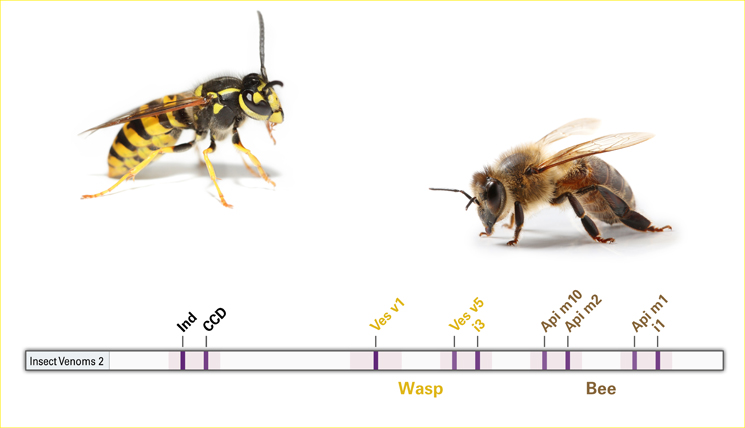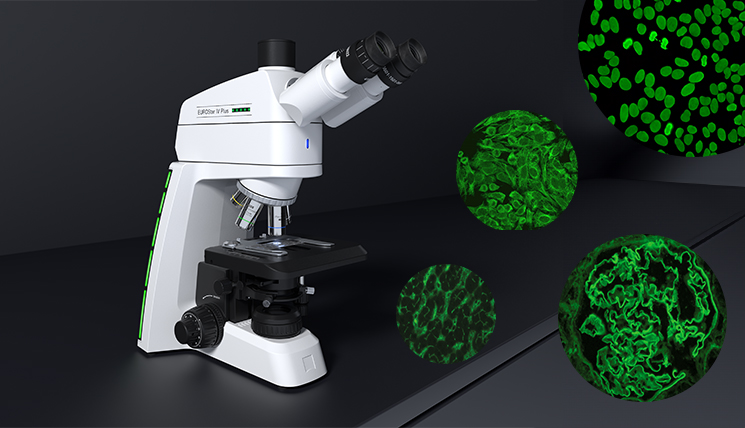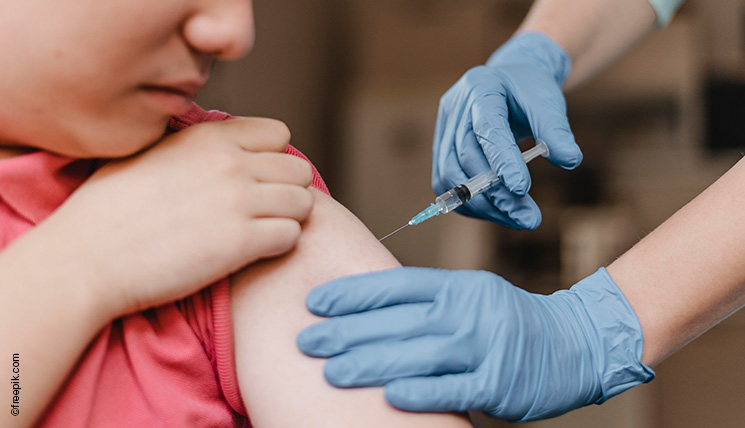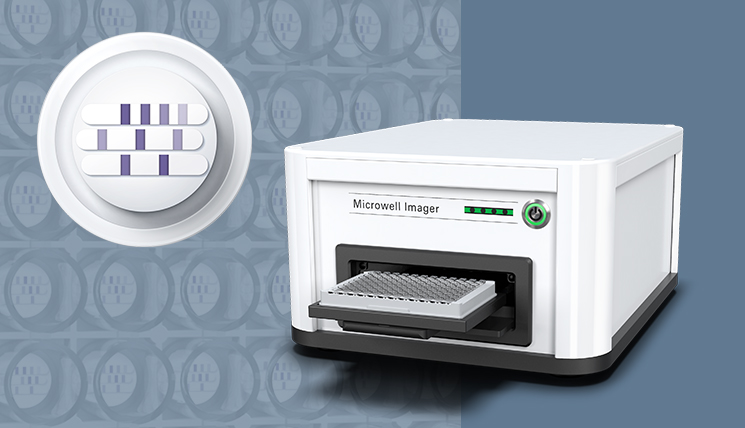The product range for molecular allergy diagnostics on the basis of defined partial allergens (DPA-Dx) has been extended by the new EUROLINE Insect Venoms 2 for the diagnosis of allergies to bee and wasp venom.
In addition to the bee and wasp venom extracts (i1 and i3) and the major allergen components Api m1 and Ves v5, the new blot strip also comprises three further defined and clinically relevant components: the important wasp venom component Ves v1 and two more components of bee venom, Api m2 and Api m10. All these can now examined together in one incubation (max. 400 µl of serum sample required). An IgE antibody reaction to Ves v1 or Ves v5 indicates with great certainty a true sensitisation to wasp venom. A cross reaction due to bee venom allergy is unlikely. Therefore, hyposensitisation (specific immunotherapy, SIT) is possible in these cases. In a positive reaction to Api m1, SIT against bee venom is recommended since the test result strongly indicates a true bee venom allergy. As mentioned above, the blot strip also contains the bee venom component Api m10. This is an instable component, which is generally very much underrepresented in extract i1 or is lost entirely during the preparation of the solution. An allergy of a patient sensitised to Api m10 would probably remain undetected using a test based on bee venom extract only, as is shown by the following case example.
In summer 2015, a beekeeper from Northern Germany was attacked by one of his honey bees for the first time in a while. He suffered an anaphylactic shock, which is the most severe form of an allergic reaction. Up to that day, the beekeeper had never reacted to a bee sting. Moreover, the first test result was negative. The serum sample of the beekeeper had been examined for specific IgE antibodies using the DPA-Dx EUROLINE Insect Venoms 1 (bee venom extract i1, Api m1, wasp venom extract i3, Ves v5) − but without success. Upon request from the physician, our specialist department examined the sample again, this time using the new EUROLINE Insect Venoms 2. The second analysis indeed determined a slightly increased concentration of IgE antibodies (RAST/EAST class 2) against the bee venom component Api m10. However, at first view, the severe allergic reaction towards the bee sting could not really be explained by the (quantitative) result. A measurement of total IgE eventually showed that the total IgE level was very low. Apparently, the comparatively high portion of anti-Api m10 IgE had been enough to cause the anaphylactic shock.
Despite successful diagnosis, the beekeeper could not rejoice. SIT against bee venom is virtually futile in sensitisation to the minor component Api m10. The therapeutic agent used in hyposensitisation contains only very small amounts of Api m10. It is very unlikely that the immune system becomes accustomed to the allergen component in the course of the therapy. The beekeeper will therefore have to put up with his allergy and be extra careful when handling his bees. He should also always have an emergency kit nearby. But at least he knows, due to molecular allergy diagnostics, that he can spare himself a long and useless treatment.





